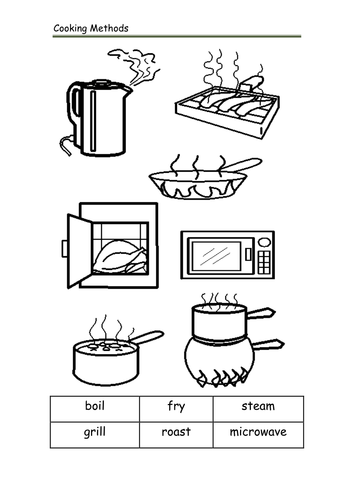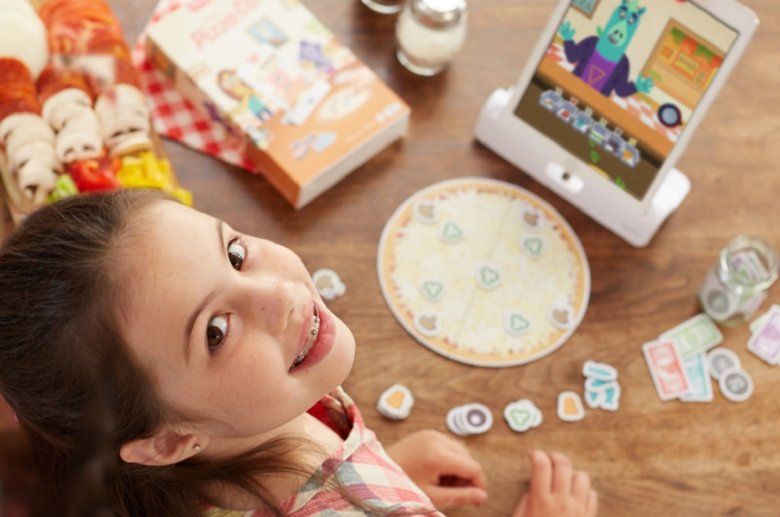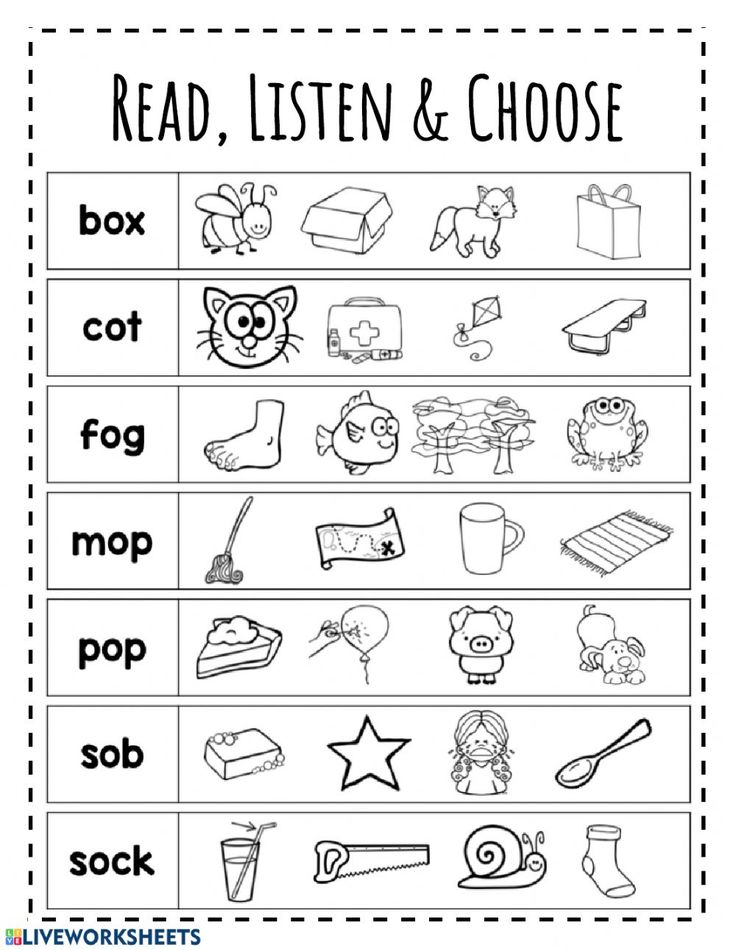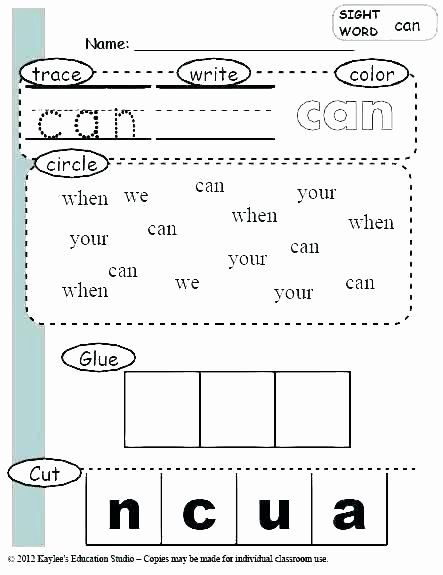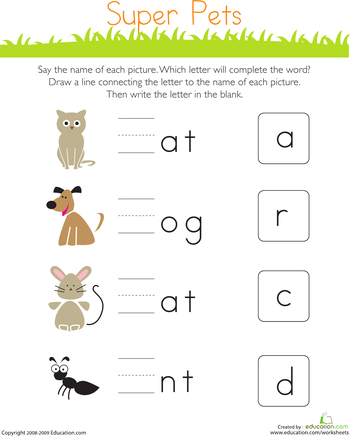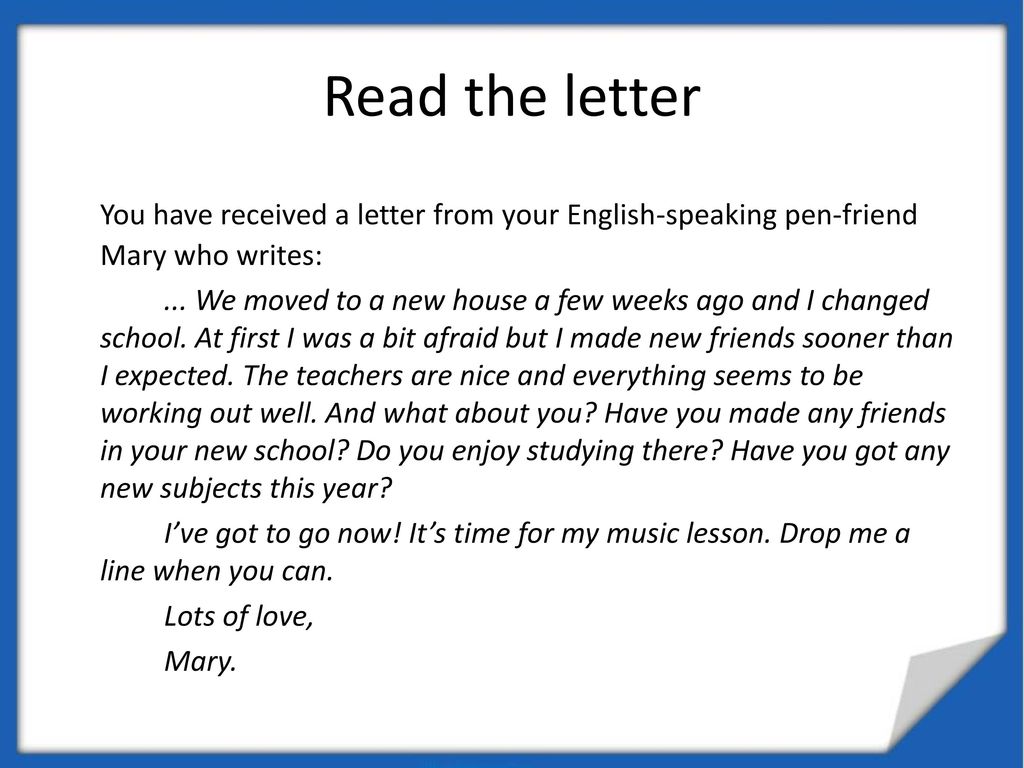Sound letter activities
Learning Letter Sounds - PreKinders
By Karen Cox | Affiliate Disclosure | Filed Under: Phonological Awareness
These games help pre-K children practice Letter Sound learning in a fun, hands-on way.
Sound Cups
Use 26 disposable clear punch cups and label each cup with a letter. Letter cup labels can be downloaded below. Collect a set of small trinket objects (you can ask parents and friends to send things in), such as plastic lizard, small block, watch, plastic frog, bandaid, necklace, button, dice. Place the trinkets in a basket. Children sort each trinket into a letter cup by its beginning sound.
You can use all 26 cups at one time, or select 3-4 letter cups at a time for children to focus on. When searching for items to go in the cups, look for dollar store mini toys (especially packs of animals and bugs), look at doll house miniatures, browse craft stores for mini items.
Download: Letter Cup Labels
Erase the Sound
Draw a picture on a dry erase lap board. In the example below, I drew a snowman. Call children up one at the time to erase something that begins with something in the picture. In this picture, children can erase something that begins with H (hat), something that begins with B (buttons), something that begins with N (nose). Continue until everything is erased.
Mystery Bag
Place three objects beginning with the same letter in a bag (such as ball, bug, and button for B). Have a child pulls each item out of the bag and name each item. Have the class guess the “mystery letter”.
Guess Who?
Say three words and have the kids guess whose name begins with the same sound as those three words. For example, call out:
- lake
- lemon
- lamp
The class would guess Levi. If you have more than one child in your class (maybe Levi, Lucy, and Layton) who start with that letter sound, the class can name all of them.
I have prepared a list of words for each letter that you can use for your students. Download the list below.
Download the list below.
Download: Beginning Letter Sounds List
Monster Names
Have kids stand, stomp, and growl when you say their “Monster Name”. Replace the first letter of each child’s name with the letter M. For example, Braden’s name would become “Mad Monster Maden” and Ashlyn’s name would become “Mad Monster Mashlyn”.
Say Two Words
Say two words, and have kids stand up if the words begin with the same sound. Have them sit down if they do not. For example,
cat – cow (stand up)
hat – goat (sit down)
Letter Sounds Listening Games
Children listen for beginning sounds in words and use bingo markers to stamp a letter each time they hear the letter sound. Get the printable game here: Letter Sounds Listening Games.
Letter Sounds Activity Cards
Children look at the picture, say the word, and find the letter that matches the beginning sound. They mark the cards by clipping it or marking it with a chip. Get the printable game here: Letter Sounds Activity Cards.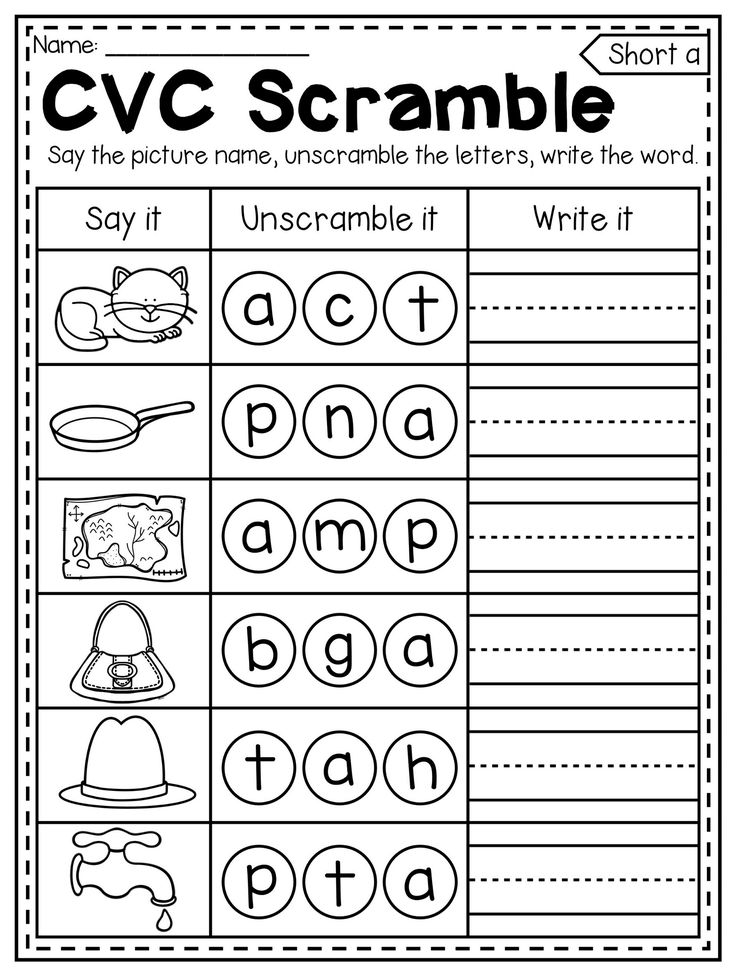
Letter Tile Mats
Children match letter tiles to the pictures on the mats by identifying the beginning sound of the words. Get the printable game here: Letter Tile Mats.
More Resources
These are available in my shop.
About Karen Cox
Karen is the founder of PreKinders.com. She also works as a full-time Pre-K teacher in Georgia. Read more...
SEARCH
Try These 10 Fun Phonics Activities to Teach Letter Sounds to Children
What is phonics?
Phonics is the relationship between letters and sounds as well as the understanding of how those sounds connect to form words.
For instance, the /c/ sound, the short /a/ sound, and the /t/ sound blend together to form the word cat.
What does the research say about teaching phonics?
Research indicates the importance of teaching children phonics as a preliminary step for learning to read.
Research also suggests that systematic instruction which incorporates wordplay (manipulating letters/sounds in words to change the word), writing words, and using manipulatives such as magnetic letters to create words are all effective strategies for teaching phonics.
Additionally, research demonstrates the benefits of applying a multi-sensory approach to phonics instruction.
A multi-sensory approach incorporates sight, sound, touch, and movement into instruction. This helps address a variety of learning modalities, enabling students to better absorb the information.
Ten Fun Research-Based Phonics Activities to Teacher Letter-Sounds
1. Play the game “I Spy.”
In the game “I spy” you pick something that you see and don’t tell the child what it is. The child has to guess what you see.
Here is how you can use “I Spy” to teach letter sounds (phonics):
Let’s say you see a book in the room: You can say: I spy something that starts with the letter B or I spy something that ends with the letter K.
After your child guesses what “you spy” have them tell you the sound the letter makes. If your child cannot guess what “you spy” or does not know the letter sound, provide them with assistance.
You can also do the same thing using letter sounds. For example, if you see a book, you can say “I spy something that starts with (make the sound for b)” or “I spy something that ends with (make the sound for k).
After your child finds the object, have them tell you what the first letter (or last letter) of the object is. Take turns with your child. First you spy, then they spy, or vice versa.
2. Put letters on flashcards for a fun activity.
Put one letter on each card as shown below (create upper case and lower case cards):
Here is a sample activity:
Pick three to four-letter words and scramble them up. For example, if the word is pig, put the letters out-of-order (e.g., ipg) on the table in front of your child.
Put the letters one to two feet in front of your child so she has room to work. Next, give them a sheet of paper with three (or four) spaces for letters on it, like so _ _ _.
Then tell them the word or show a picture of the word and give the instruction (e.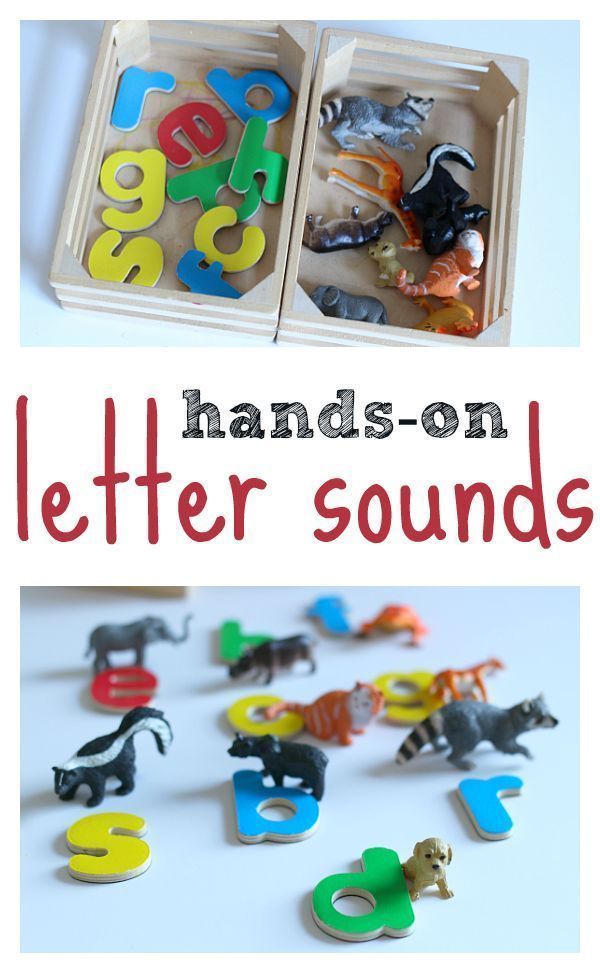 g., “I want you to make the word pig on the lines below, using the letters above).
g., “I want you to make the word pig on the lines below, using the letters above).
If you have Magnetic Letters, you can use these as well. You can also encourage your child to write the letters in with a pen or pencil.
You can do word families to help your child understand that many words are spelled the same way, with only the first letter different. So after pig, try big, wig, and rig.
Rhyming practice is another helpful strategy when teaching kids about letter sounds.
3. Play letter-sound Go Fish.
Make doubles of flash cards. Each player gets five cards and the rest of the cards go in a pile in the center of the table.
Player 1 calls out a letter-sound and asks if player 2 has a match.
If they don’t have a match, tell them to “go fish” which means to choose from the pile. See more detailed rules for how to play Go Fish here.
4. Make your own phonics Bingo game.
Draw a grid or make one on the computer like the one below.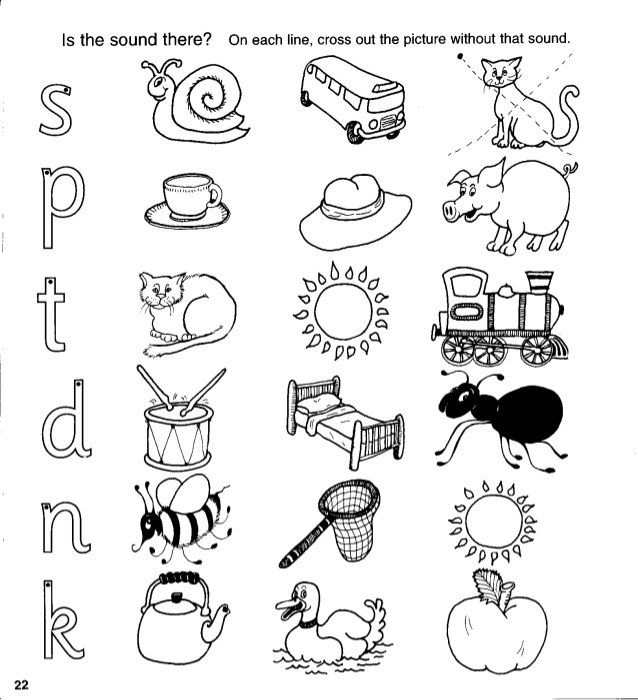 (You can also print out a large version of the one below here). You can find more blank grids here).
(You can also print out a large version of the one below here). You can find more blank grids here).
While the grid above has 25 boxes, you can play phonics Bingo with 9 or 16 boxes also.
Here are four options for getting pictures into the boxes:
Option 1 – Draw something simple in each box.
Examples of simple drawings for each letter of the alphabet include an apple, a banana, a comb, a door, an egg, a feather, a girl, a hat, an ice-cube, a jar, a kite, a light bulb, a mitten, a nose, an orange, a pan, a queen, a ring, a spoon, a table, an umbrella, a vase, a worm, a xylophone (that one might not be so easy to draw), and a zipper.
Use colors to make it look fun.
Option 2 – Get images from Google Images, print them, cut them out and glue them in the boxes.
Option 3 – Go to Google Images, copy each image by hitting “control c’ or by right-clicking on the image and selecting copy, then paste each picture into each grid box by right-clicking in the grid and clicking paste or by hitting “control v. ”
”
Option 4 – Find and print out ready-made Bingo grids by doing a search for Kids Bingo Grids
You can play the Bingo game four ways:
1 – Call out a letter sound. If your child has a picture on her Bingo card that starts with that letter sound, have her put a coin, checker piece, or small piece of paper over the picture (you can cut index cards into small pieces.
This will work better than regular paper because the pieces will be heavier and stay on the Bingo card better).
2 – Call out a letter. If your child has a picture on her Bingo card that starts with that letter, have her cover the picture.
3 – Call out a letter sound. If your child has a picture that ends with that letter sound, have her cover the picture.
4 – Call out a letter. If your child has a picture that ends with that letter, have her cover the picture.
When your child fills up a row, up, down, or diagonally, she gets Bingo (she wins).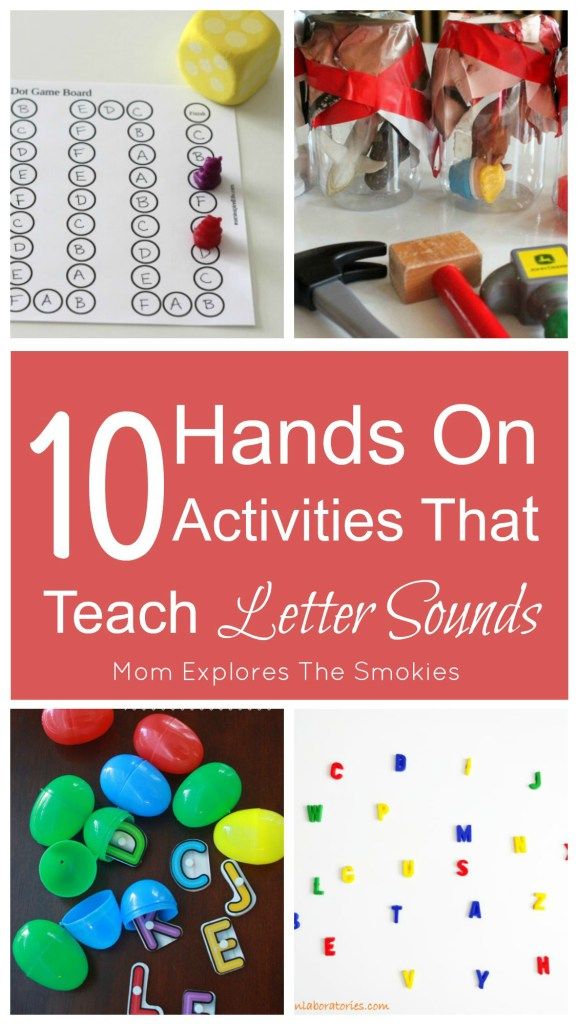
5. Make flashcards with a picture on one side and the letter the picture starts with (or ends with) on the other side
You can draw the pictures yourself or make flashcards using pictures from Google Images.
To make a flashcard from Google Images, go to the Image, copy it, “right-click” on it and click copy or hit “control c.” Then go to a word document and paste (right-click and click paste or “hit control v.”).
Then print out the pages, cut out the picture, and write the corresponding letter on the back.
If you know how to insert tables, you can put several pictures on the page in table boxes, print the page, cut out all the pictures, and put the letters on the back. Here is an example:
Show your child a picture and ask them to tell you the letter (or letter sound) it starts with (or ends with). If they are correct, let them know and show them the back of the card. If they are not correct, give them two more tries.
If they do not get the letter or sound, show them the back of the card and tell them the letter and sound (then enunciate the sound as you say the word), have them say the letter/sound back to you twice and shuffle the card back in the pile.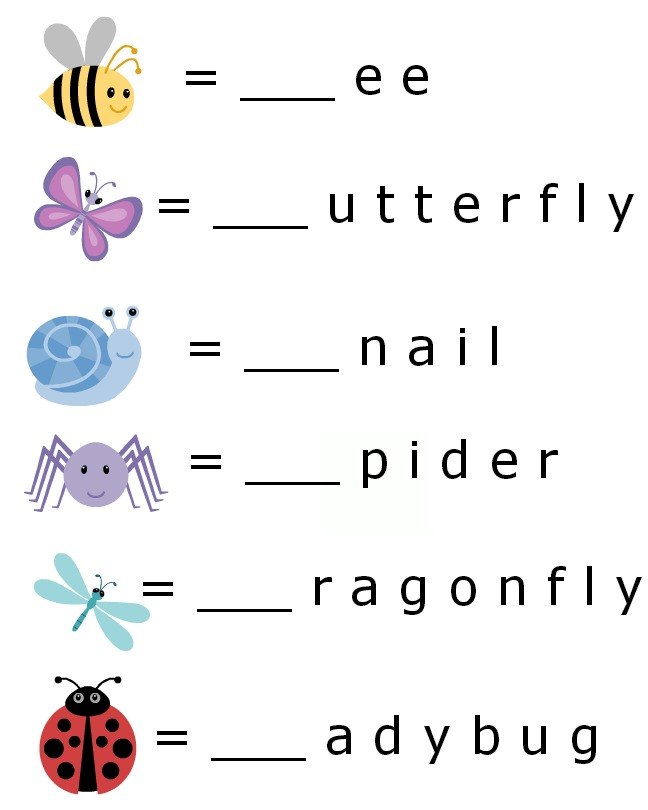 Repeat.
Repeat.
6. For children who have a lot of energy, turn a phonics lesson into a movement activity.
Tape four letters onto the wall as shown in the image below:
Call out a letter sound and tell your child to run to the letter that makes that sound, touch it and run back. Spice it up. Here are some examples:
-Hop to the letter that makes the sound
-Skip to the letter that makes the sound
-Tip Toe to the letter that makes the sound
7. For another movement activity, put tape on the floor, with a letter on each piece of tape.
Tell your child to start with their feet on a certain letter (e.g., start on letter A), then tell them to jump to different letters, using the letter sounds.
For example, “Jump to the letter that makes the sound (insert letter sound).”
See an example below:
As your child becomes more independent with his letter sounds, you can make the letters spell actual words. For the word cat, have three pieces of tape, C, A, T.
Tell your child to start at the C, then jump to the next letter in Cat, and then the last letter.
To make it more challenging, have your child spell the word backwards, by starting with the last letter and jumping in order until they get to the first letter.
Mix up the game with upper and lower case letters. The example above has three letters, but you can use as many pieces of tape and letters as you want.
Start out with a few and add more if your child is making good progress.
8. Make a worksheet, using words and pictures with your child’s favorite characters, foods, animals, etc.
You can draw the worksheets by hand or use tables in Microsoft Word. For a three-letter word, make a table with five columns and one row.
Put the picture of the word in the first box of the table (you can draw in the pictures or copy and paste them from Google Images). Put the letters in the other boxes, but leave one letter out. Have your child fill in the missing letter.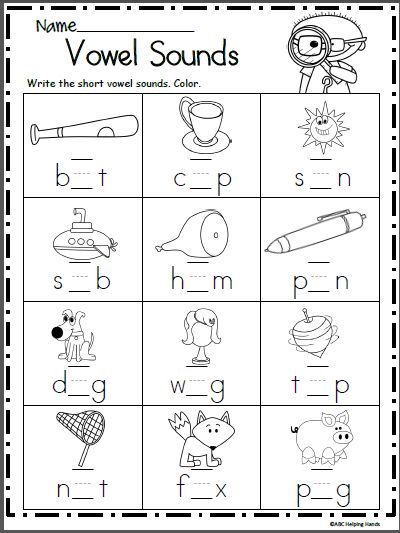
Here is an example of the worksheet:
Click here to print out your own version of this sheet.
For children who may have trouble solving this worksheet, try providing them with a letter bank to see if that helps.
See an example of a worksheet with a letter bank below.
Click here to print out your own version of a phonics worksheet with a letter bank.
9. Have your child paste letters on paper as you call out the sounds.
You can use the letter flashcards you made, like in number 2.
You can use this activity to teach your child how to spell words. Draw lines or boxes on the paper so your child knows where to paste the letters.
You can give your child the exact number of letters in the word, or throw in some extra letters to make it more challenging.
Call out the first sound in the word, have your child pick the correct letter, and paste it on the first line.
Then have them do the next sound, and so on, until the word is complete.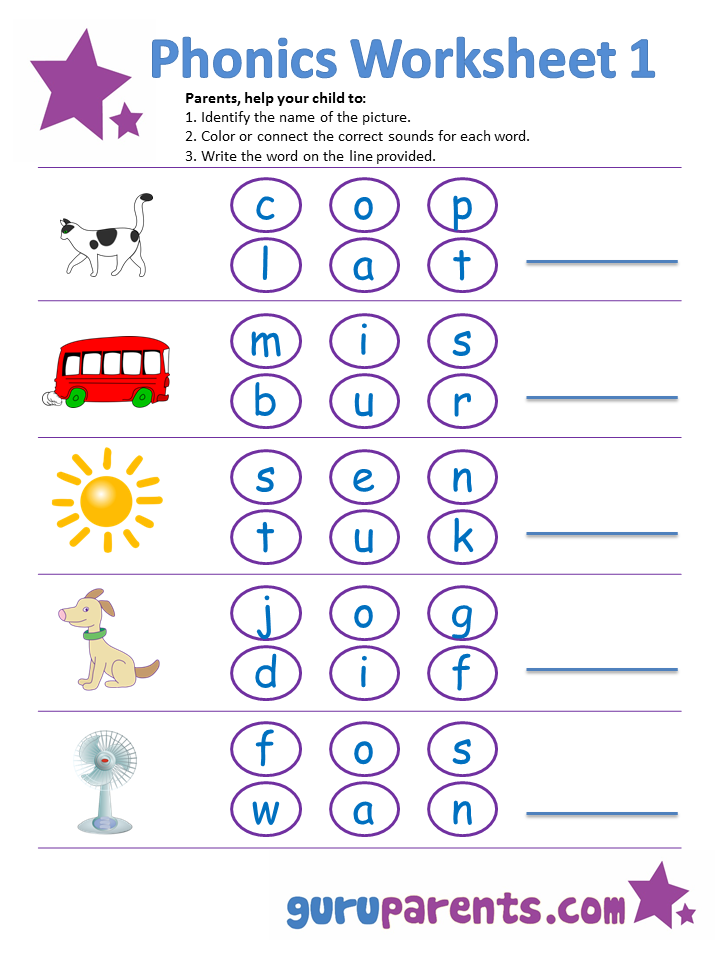
Supervise the activity, providing assistance as needed.
When your child is done, hang up their work to show them that you are proud of their effort.
You can also use this idea to teach a child how to spell their name, such as the sample in the image below.
10. Sing the alphabet sound song.
The tune is similar to the traditional alphabet song.
Here is a great example by Kidstv123. You can make up your own version as well.
What else can you do to help your child learn letter sounds?
If your child is significantly struggling with learning letter sounds or acquiring other academic skills, despite consistent practice and guidance, talk to your child’s school and/or doctor.
They can refer you to the appropriate professionals to determine what might interfere with your child’s progress and if additional strategies could help.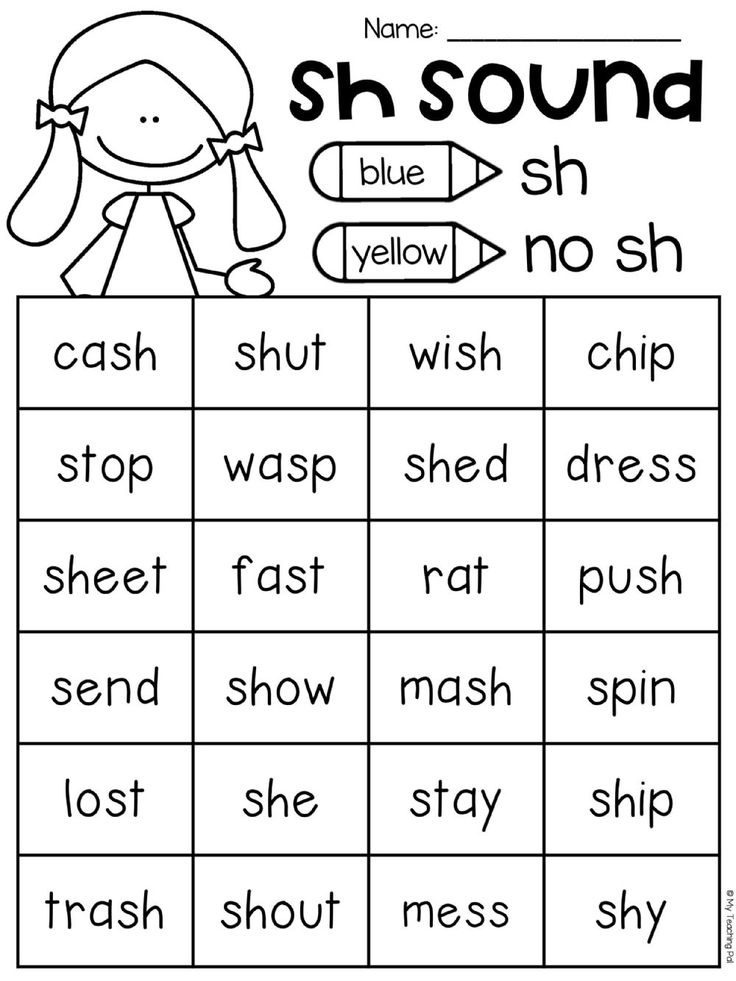
Additional Information About Teaching Phonics to Children
Keep in mind that the activities in this article are recommendations. Please do not try to pressure a child into participating in any of these activities.
This can lead to your child feeling frustrated, and possibly shying away from phonics (letter-sound) practice.
Remember to always stay calm when working with a child or student, even if you think they should be getting something that they are not getting.
If you get frustrated with them, they may start to feel anxious, angry, inferior, stupid, etc. which will lead to a less productive learning session.
Keep practice sessions short (2 to 10 minutes for younger children or children who get easily frustrated and 10 to 15 minutes for older children or children who can work for longer periods without frustration), unless the child is eager to keep going.
For suggestions on ways to encourage children to complete tasks or assignments they do not want to do, read the following articles:
- 3 Ways to Use Timers to Encourage Homework and Chore Completion
- How to Use Schedules to Improve Children’s Behavior
Video Presentation
Education and Behavior – Keeping Us on the Same Page for Children.
Rachel Wise
Rachel Wise is the author and founder of Education and Behavior. Rachel created Education and Behavior in 2014 for adults to have an easy way to access research-based information to support children in the areas of learning, behavior, and social-emotional development. As a survivor of abuse, neglect, and bullying, Rachel slipped through the cracks of her school and community. Education and Behavior hopes to play a role in preventing that from happening to other children. Rachel is also the author of Building Confidence and Improving Behavior in Children: A Guide for Parents and Teachers.
“Children do best when there is consistency within and across settings (i.e., home, school, community). Education and Behavior allows us to maintain that consistency.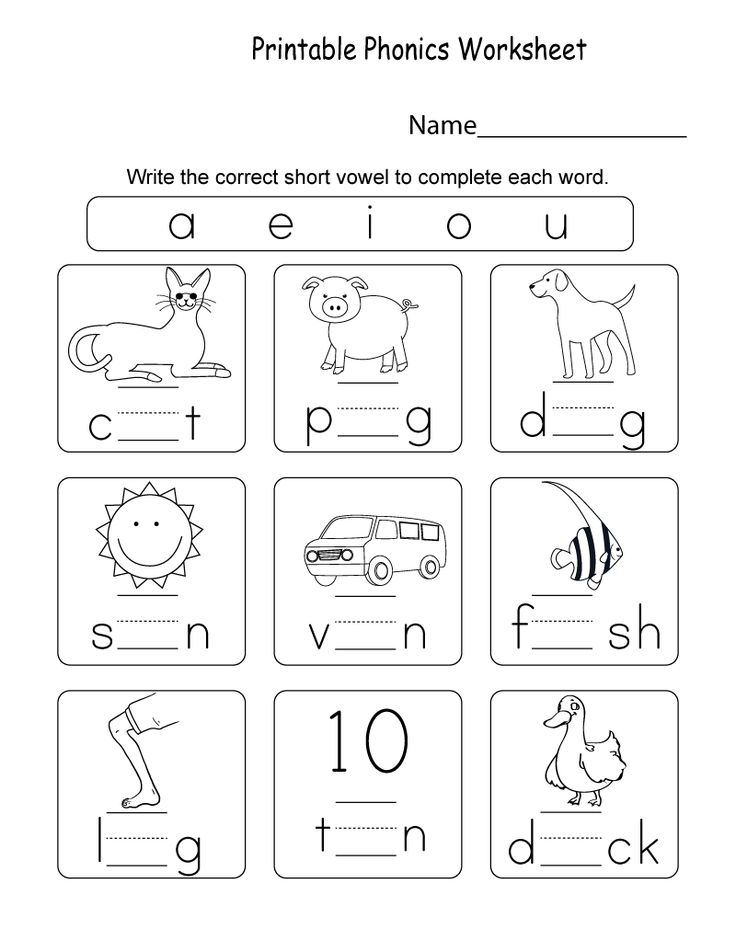 ”
”
www.educationandbehavior.com
Sound-alphabetic parsing of a word - analysis example
4.4
Average score: 4.4
Total scores received: 113.
4.4
Average score: 4.4
When studying phonetics, it is necessary to perform sound-letter analysis of words. In this article, we will consider what sound-letter parsing is, how it is produced and what is its peculiarity.
Definition
Sound-letter analysis of a word is a characteristic of the sound and letter composition of a word, an analysis of the sound composition of a word and its letter display in writing.
To make a sound-letter analysis of a word, you need to write down the transcription of this word.
In order to correctly make a sound-letter analysis, it is necessary to distinguish between the concepts of "sound" and "letter". A letter is a graphic sign that represents the sounds of speech.
Sound-letter analysis differs from the sound analysis of a word in that it analyzes not only what the sounds are, but also what letters they are designated in the letter.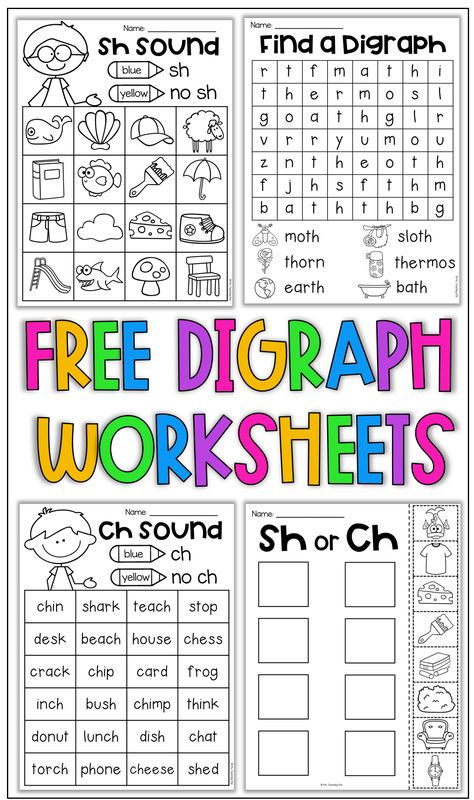
Sequence
With this type of parsing, transcription is recorded, the word is divided into syllables, the word is stressed and then the sound of the word is recorded: a letter or a combination of letters of the word is recorded, and then a sound that denotes a letter or a combination of letters.
After the sound has been recorded, it is necessary to determine whether it is a vowel or a consonant.
For a vowel, you need to indicate whether it is stressed or unstressed.
For a consonant, you first need to indicate whether it is voiced or deaf, whether it is paired or unpaired in voiced / deafness; then you need to indicate whether the consonant is soft or hard, whether it is paired or unpaired in softness / hardness.
Correlation of sounds and letters
A word can have the same number of sounds and letters, it can be such that there are more sounds than letters, or such that there are more letters than sounds. In the sound-letter analysis of a word, it is necessary to understand what is the ratio of the sounds of the word and its letters.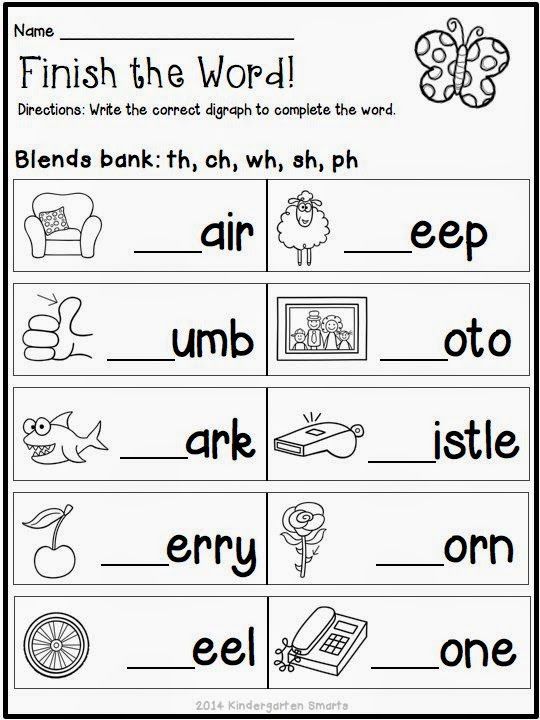
When determining the ratio of letters and sounds, there is a realization that letters and sounds denote different phenomena.
Sample
Let us give a specific example of sound-letter parsing of a word:
hare – [zai’its]
hare – 2 syllables
Letter z – sound [z] – consonant, voiced, paired, solid, paired;
Letter a - sound [a] - vowel, stressed;
Letter i - sound [y'] - consonant, voiced, unpaired, soft, unpaired;
sound [and] – vowel, unstressed;
The letter ts - sound [ts] - consonant, deaf, unpaired, hard, unpaired.
There are 4 letters, 5 sounds in a word.
What have we learned?
Sound-letter analysis of a word is a characteristic of the sound and letter composition of a word, an analysis of the sound composition of a word and its letter display in writing. After writing down the word and transcription and indicating the stress, the letters and sounds that they represent are recorded.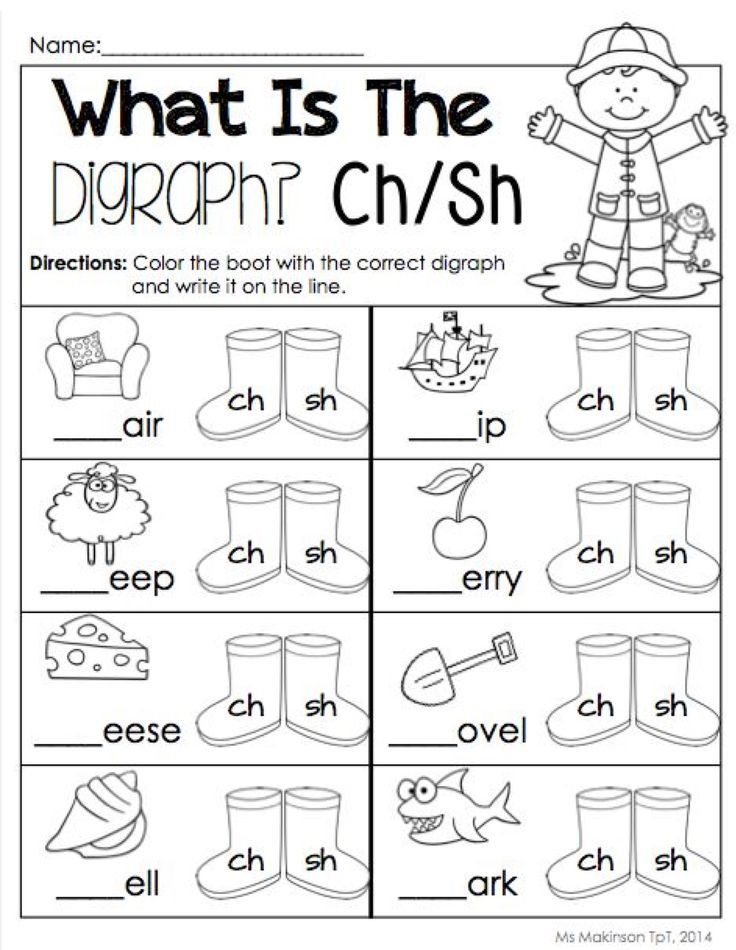 For sounds, it is necessary to determine what they are: vowels or consonants. For vowels, you need to indicate whether they are stressed or unstressed. For consonants, it is indicated whether they are voiced or deaf, whether they are paired or unpaired in sonority / deafness; it is indicated whether they are soft or hard, whether they are paired or unpaired in softness / hardness. After that, you need to indicate how many letters and sounds are in the word, show the ratio of the number of letters and sounds.
For sounds, it is necessary to determine what they are: vowels or consonants. For vowels, you need to indicate whether they are stressed or unstressed. For consonants, it is indicated whether they are voiced or deaf, whether they are paired or unpaired in sonority / deafness; it is indicated whether they are soft or hard, whether they are paired or unpaired in softness / hardness. After that, you need to indicate how many letters and sounds are in the word, show the ratio of the number of letters and sounds.
Subject test
Hall of Honor
To get here - pass the test.
-
Aleksandr Prusakov
3/5
Article score
4.4
Average score: 4.4
Total scores received: 113.
Article "Phonetic analysis of the word in the lessons of the Russian language in primary school"
The question of sound analysis is one of the the most difficult in the primary grades.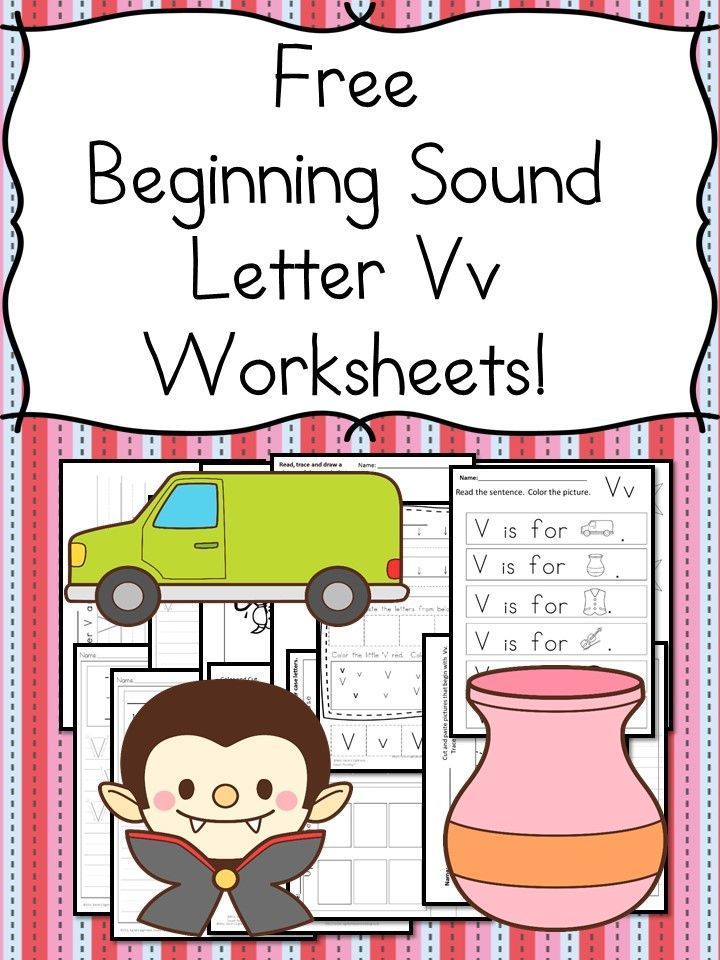 First question about preliminary sound exercises in Russian methodology (method of teaching reading) was delivered by Ushinskiy K. D.
First question about preliminary sound exercises in Russian methodology (method of teaching reading) was delivered by Ushinskiy K. D.
Founder of the sound method in Russia considered it necessary to develop speech hearing in children, the ability to hear individual sounds and their sequence in words.
Phonetic analysis - main view exercises that develops phonetic students' abilities.
According to D.B. Elkonin, phonemic (sound) analysis in its original form is establishing a sequence of phonemes (sounds) in full word [Elkonin D.B. -1976. - P.48] .
Methodology distinguishes between phonetic (sound) and phoneticographic (sound-letter).
The purpose of the actual audio analysis is is a characteristic of the sound structure of a word without referring to letters. The actual soundtrack students perform in the preparatory period literacy training. In the transition to the study of letters, as teaching practice shows, sound parsing is completely excluded from use.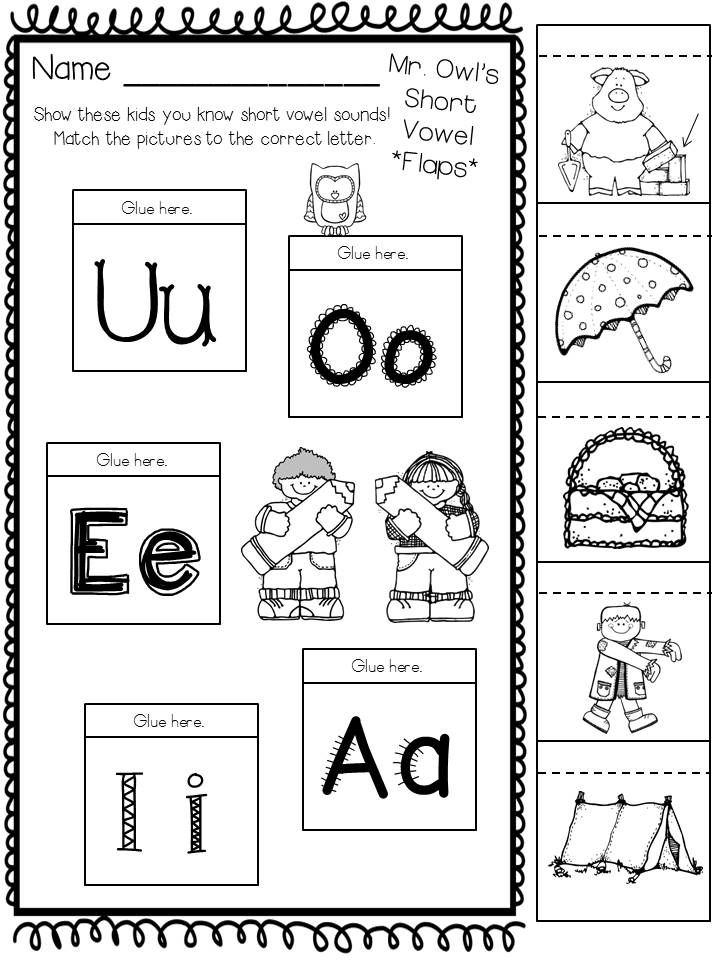
We think audio parsing can be used throughout the course language in the lower grades and even applied as a special kind of phonetic exercises in subsequent training.
First, this kind of phonetic analysis convinces that with sounds can work without letters, and this is very important so that free the student from reassessing the role of the letter.
Secondly, the ways of conscious sound analysis, formed without relying on letters, educate the student's attitude to matter language like some a reality with which one can perform its own special actions and which involves specific means of controlling performing these actions.
Consider and analyze programs and textbooks on the Russian language of various educational systems.
Analysis of the program by T.G. Ramzaeva (educational system “Classical elementary school”) shows that they are being nominated the following requirements for the skills of students: to produce analysis by dividing words into syllables, determine stressed syllable, a sequence of sounds and letters in words like horse, owl, swift (grade 2).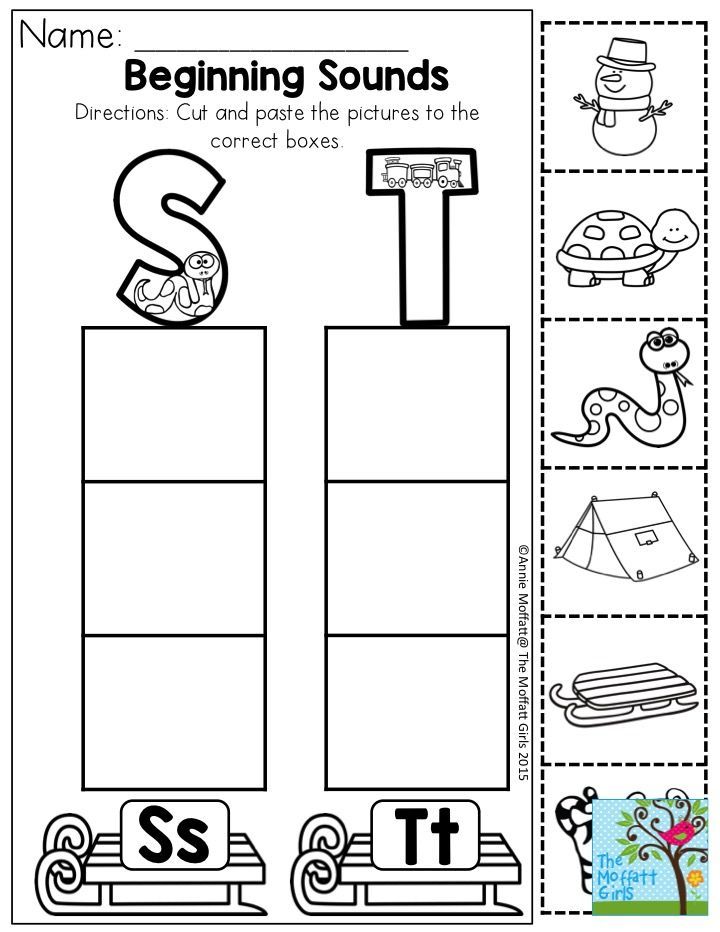
In grade 4, the program offers conduct sound-letter analysis systematically in order to develop the skills of error-free writing words and developing spelling skills. For analysis, words like boat are taken, school, area.
In the textbook of Ramzaeva T.G. for grade 3 the order of sound-letter parsing is proposed words on the flyleaf:
1. Write a word, put an accent mark.
2. Determine how many syllables are in the word.
3. How many vowels and how many consonants?
4. Which sound represents consonants: voiced or voiceless, soft or hard.
Sample record:
Ice floe - 2 syllables, 6 sounds, 7 letters; 2 vowels, 4 consonants, [l] - voiced, soft; [d] - sonorous, soft; [n] - voiced, solid; [To ]- deaf, hard.
As you can see, under phonetic analysis sound-letter analysis is understood.
Compilers of the textbook Russian language 2.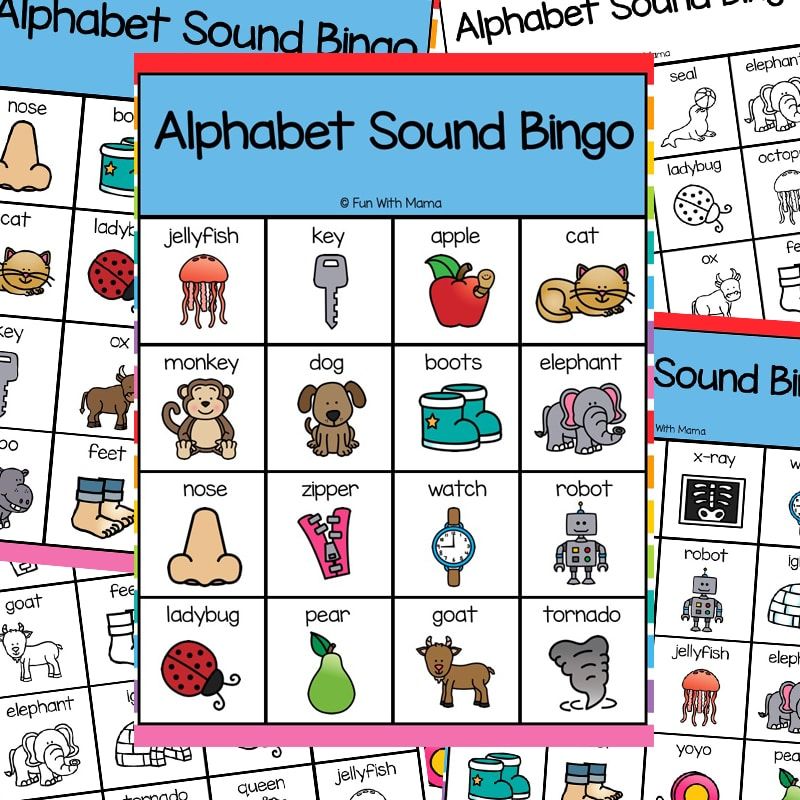 class Buneev R.N., Buneeva E.V., Pronina O.V. offer such an order of sound-letter word analysis:
class Buneev R.N., Buneeva E.V., Pronina O.V. offer such an order of sound-letter word analysis:
1. Read the word, put the stress.
2. Divide the word into syllables.
3. Read the stressed syllable.
4. Read the unstressed syllables.
5. Name the sounds, what letters they are marked.
6. Describe the sounds.
7. Count, how many sounds in a word , how many letters
In this system of education “School 2100” according to the program of the Buneevs R.N. and E.V. in the period literacy children learn to pronounce sounds, listen to the sounding word, match the pronunciation and spelling, do sound-letter analysis available words.
Basic skill requirements second graders: produce sound letter analysis of words and correlate the number of sounds and letters in available words.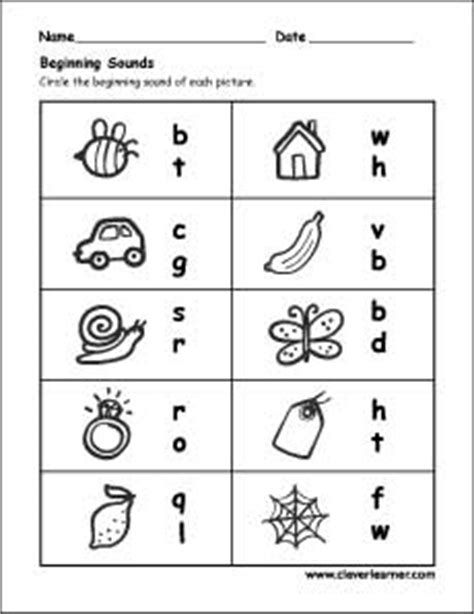
Thus, in this program, under phonetically understood sound-letter [Programme-methodical materials. 2000. S.37, 44, 215, 227, 231, 236].
In the textbooks of Polyakova A.V. in Russian language (the system of developing education L.V. Zankova) parsing order is not suggested, although section Phonetics is presented from grades 1 to 4.
In the program according to the developing system L.V. Zankov in the basic requirements for knowledge, skills, skills for grade 1 it is written that students must be able to:
• perform phonetic analysis: identify sounds in words sequence sounds and letters in word, match the number of sounds and letters in words, divide words into syllables, define number of syllables and stressed syllable;
• differentiate between hard and soft consonants;
• write softness consonant sounds in letters and, e, e, yu, i and soft sign and distinguish between these ways of notation softness of consonants: on the one hand, letters, which denote sounds, on the other - soft a sign that does not indicate any sound;
• differentiate between voiced and unvoiced consonants [Collection of programs for four years of elementary school.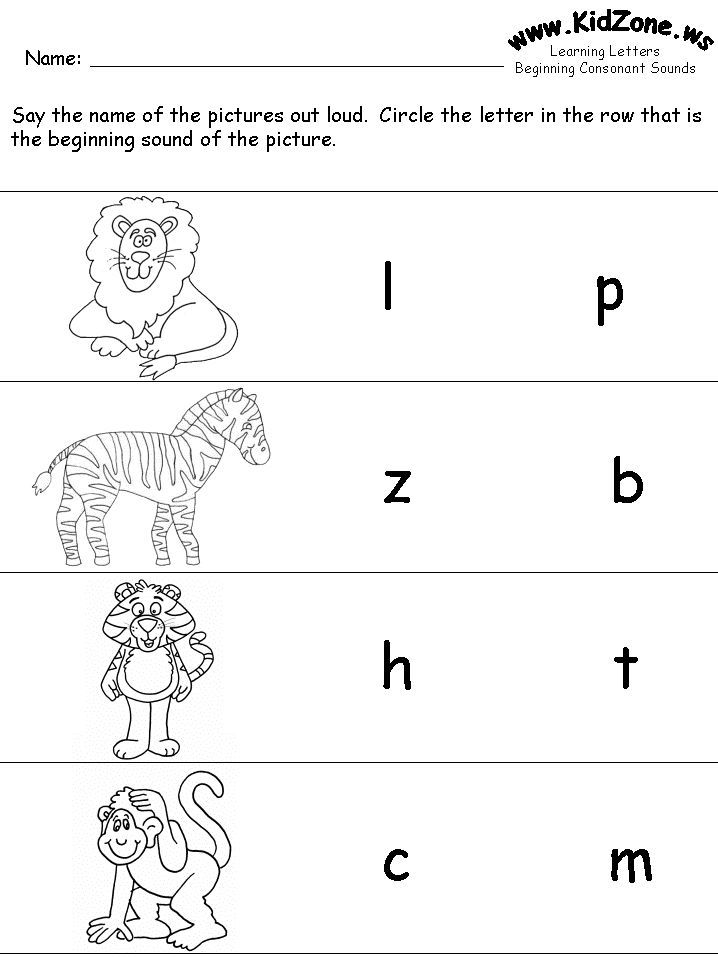 System L.V. Zankov.; 2005. P.49].
System L.V. Zankov.; 2005. P.49].
In line with current variable program in the Russian language in system of L.V. Zankov, phonetic knowledge is also are leading in the alphabetical period. It's quite fair, as they are at the heart of learning children the most important general educational skills - reading and letter.
In the first month of learning the ABC book [Andrianova T.M., Andrianova I.L., 2003] on the background of knowledge about speech, sentences, words are held observation of positional change of sounds. Students, comparing words, hear the difference in pronunciation vowels and consonants, make up two-color schemes (vowels are red, consonants are colorless).
Then also when matching words (small - crumpled, Masha - Misha) the difference is established in pronunciation of hard - soft consonants. It is concluded that for correct reading consonant must be seen which vowel follows it are formed tricolor schemes: (soft consonant - green, hard consonant - blue, vowel - red).
Next, the words are compared, revealing the phenomenon of deafness - sonority: dad - woman.
So, at the first stage of training reading according to the Zankov developmental program sound analysis prevails over the reading procedure.
During this period, students spend sound analysis of words, observe the sounds on short, simple in composition words.
In the system of developing education L.V. Zankov work on sound analysis is in progress mostly in the literal period, and then she is carried out over the sound and the letter in parallel. At 2, 3, 4 classes work on the actual sound analysis is not planned, but mostly ongoing sound-letter analysis of words.
School practice shows that proper sound analysis in the classroom insufficient time is given. Therefore, we program has been developed to the formation of the skills of the actual sound parsing words and consisting of blocks: 1 block - “Sounds”, block 2 - “Syllables”, block 3 - “Stress”.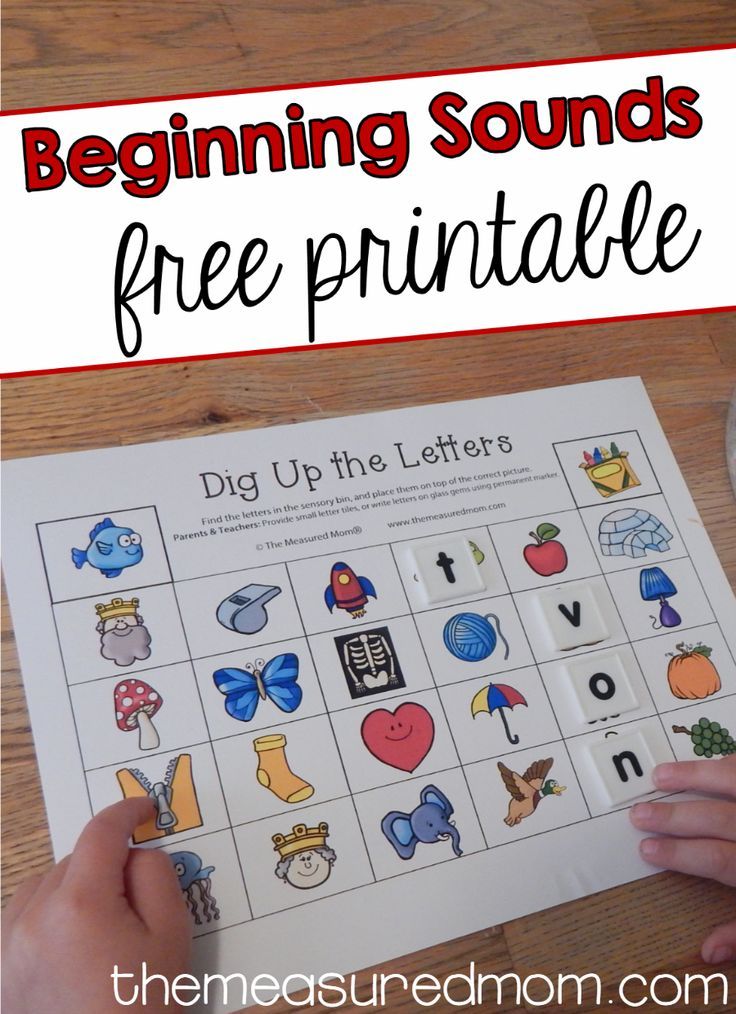
The work was systematic: began in the alphabetical period in the first grade and was continued in the second grade. Application didactic games as one of the most productive learning tools allowed, First, to teach children without coercion. Secondly, the game helped, along with the formation and development of phonemic perception, organize the educational activities of the child, enriched him with new information on phonetics, stimulated mental activity attention, speech development. Third, the game used in various ways (sometimes only a fragment of the game was used), while educational material was updated, included in it multilevel material.
In the first block, work was carried out on vowels and consonants.
Initial work (stage 1) carried out with the support of auxiliary means: graphic scheme of the word and chips (- vowel sound, - soft consonant sound, - a solid consonant sound).
As sounds are released, the child fills the chart with chips.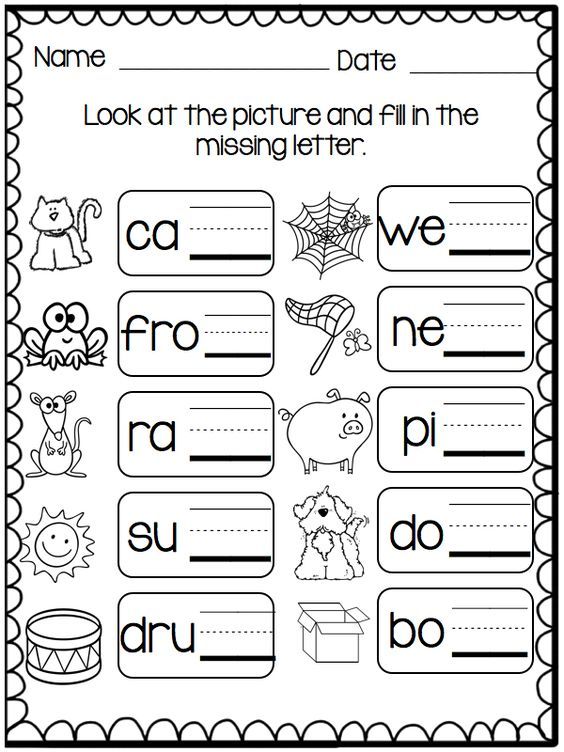 The action that carried out by the student, was practical modeling action sequence of sounds in a word.
The action that carried out by the student, was practical modeling action sequence of sounds in a word.
Actions were formed at the 2nd stage sound parsing in speech terms. It was called word, the first, second, third sounds were determined, their number was specified, given characteristics of sounds.
The second block - dividing the word into syllables - did not cause difficulties for students if the syllables were open. The skills of dividing words into syllables with non-syllable [й']. Observations were made syllabic division rules (good, y-do-bny).
In the third block of students formed the idea of verbal stress and its role in the Russian language. The children were learning find and highlight the stressed syllable in words.
Program objectives: development phonemic hearing of the child, the formation ability to consciously perform sound analysis of the word, the development of memory, attention, observation.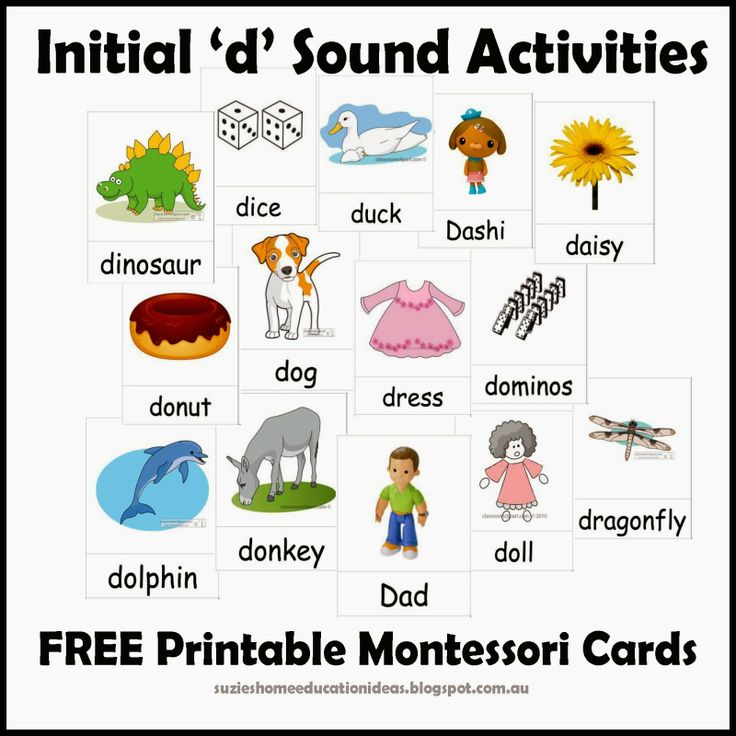
For tracking performance experiment was carried out with this program. IN The experiment involved two classes (1 “A”, 1 “B” (control class), [2”A”, 2”B”]).
In 1 “A”, [2 “A”] grade from the first year training, systematic work was carried out on sound analysis according to the developed by us program. In 1 “B”, [2 “B”] training was conducted only within the curriculum.
The first diagnosis was made in March 2007 in 1 "A" and 1 "B" classes. For students it was proposed to conduct a sound analysis of words according to options.
1 option: saw, crucian carp, chair, raspberry.
2nd option: mushrooms, ball, fox, nature.
Words consisted of one, two, three syllables.
Task: Divide the given words into syllables, identify the stressed syllable, write down sound "shirt" of the word.
The following results were obtained (see table 1):
Table 1
Analysis of audio parsing elements words in 1 “A” and 1 “B” classes
| Grade | Vowels | Stressed vowels | Unstressed vowels | Hard consonants | Soft consonants | Syllables | accent |
| 1 “A” | 100% | 91. | 65.2% | 91.3% | 78.2% | 82.6% | 91.3% |
| 1 “B” | 72.2% | 66.6% | 72.2% | 83.3% | 44.4% | 83.3% | 52.2% |
Conclusions: The greatest difficulties are students 1”A” class tested when determining unstressed vowels in a word (65.2%), errors were allowed in the definition of soft consonants in the word (78.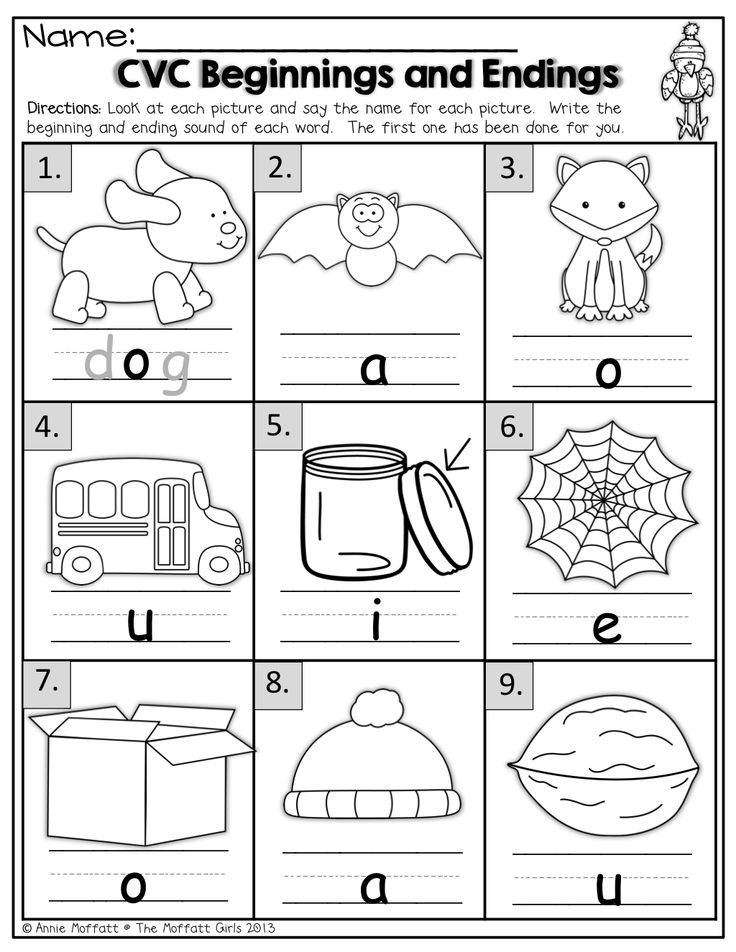 2%).
2%).
Students of class 1 “B” admitted the largest number of errors in determining soft consonants (44.4%), there were also many errors in stress setting (52.2%).
Grade 1 “A” students are better coped with tasks in determining vowels sounds in a word, stress in words, in finding soft consonants.
Students of the 1st “B” class showed better results in finding unstressed vowels, in dividing words into syllables.
Thus, in class 1 “A” 73.9% students completed the tasks without errors. 26% students completed the tasks with errors.
Only 27.7% of students in grade 1 “B” completed the tasks without errors. 72.2% of students made mistakes while doing this.
The ascertaining section carried out by us in the first two classes showed that conscious students' speech analysis skills formed.
As a result of the research, we needed in identifying effective methodological techniques and developing a system of exercises in order to elimination of mistakes made by children.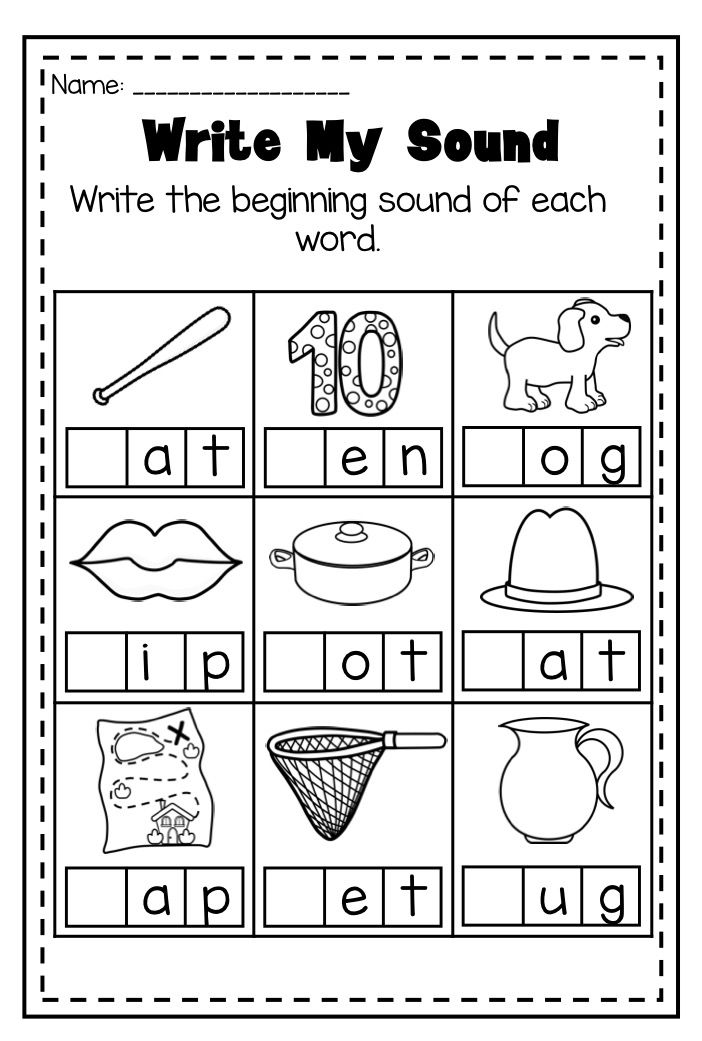
After analyzing the methodological literature and summarizing the experience, we have developed a system of exercises on the research problem, in which were based on techniques and exercises, offered in textbooks and methodological manuals of developing systems D.B. Elkonina, L.V. Zankov, on which children are engaged, as well as exercises from the Maksimuk manual N.N., magazines "Primary School", own methodological findings with the aim of forming phonetic skills.
In the 2nd “A” class (experimental) we continued to focus on the formation of phonetic skills.
Work was organized more deeply and varied, the tasks gradually became more difficult, didactic games.
At the end of October 2007, a repeated diagnostics in 2 “A” and 2 “B” classes. The students were asked to conduct a sound analysis words by choice.
Option 1: Paradise, hemp, fluffy.
Option 2: Yasha, letter, fragrant.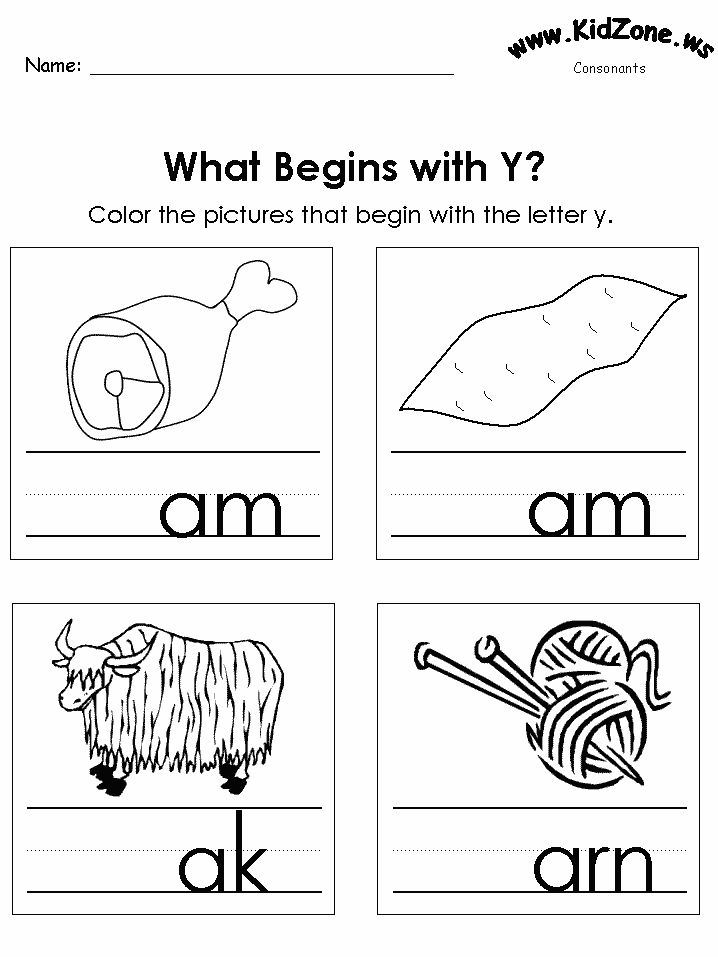
Words consisted of two or three syllables.
Task: listen to the word, write it down sound "shirt" of the word, divide the word into syllables, identify the stressed syllable, emphasize soft consonants with two strokes, hard consonants with one trait.
The following results were obtained: (See Table 2)
Table 2.
Analysis of audio analysis elements words in 2 "A" and 2 "B" classes
| Grade | Vowels | Stressed vowels | Unstressed vowels | Hard consonants | Soft consonants | Syllables | accent |
| 2 “A” | 95. | 95.4% | 86.3% | 81.8% | 86.3% | 100% | 95.4% |
| 2 “B” | 56.2% | 56.2% | 56.2% | 12.5% | 12.5% | 68.7% | 62.5% |
Terminals: in 2 “A” class (experimental) children had difficulty in definition of hard and soft consonants.
In the 2nd “B” class (control) also low performance in determining hard and soft consonants.
In the 2nd “B” class (control) also low performance in determining hard and soft consonants.
coped, failed
Fig.3. The quality of sound performance analysis of words in grades 2 “A” and 2 “B”
In grade 2 “A” 81.8% of students completed assignments without errors, and 18.2% of students made mistakes errors.
In class 2 “B” (control) only 12.5% of students completed the tasks without errors, 87.5% students completed the tasks with errors.
Audio parsing quality words in the second grade showed that students 2 “A” class (experimental) at 69.3% better did this job.
From the above it was concluded that that with the help of the methodological tricks and exercises, we were able to eliminate previous mistakes made by most students, children showed good results in sound parsing of words.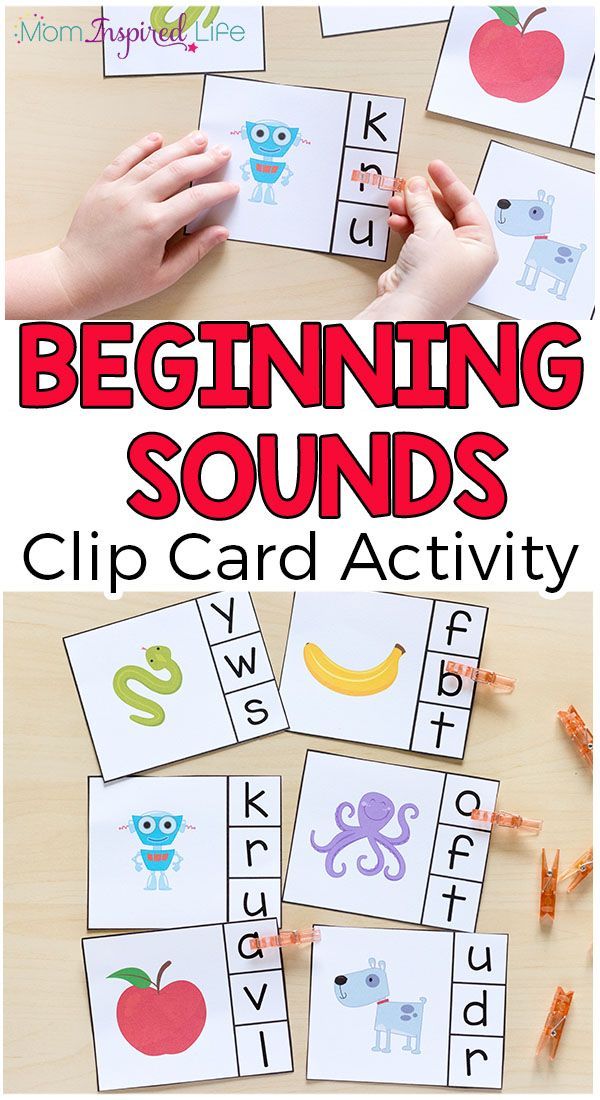

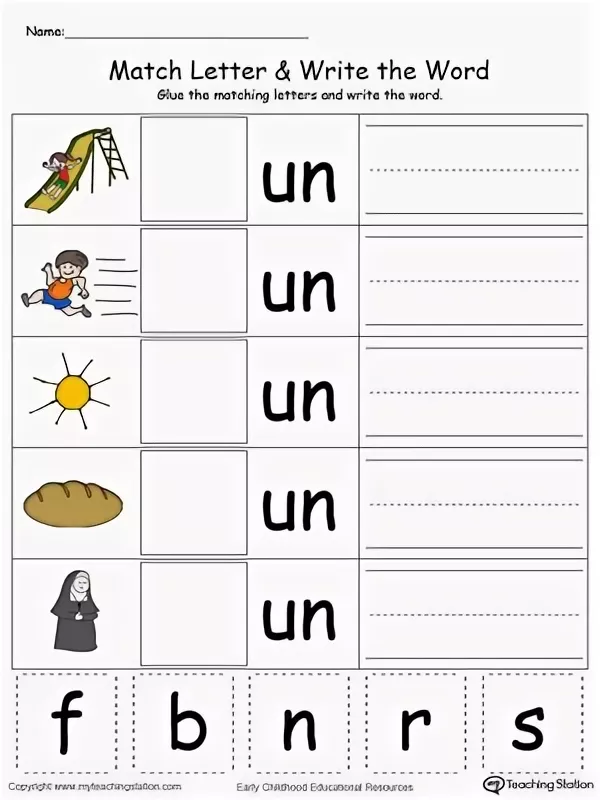 3%
3% 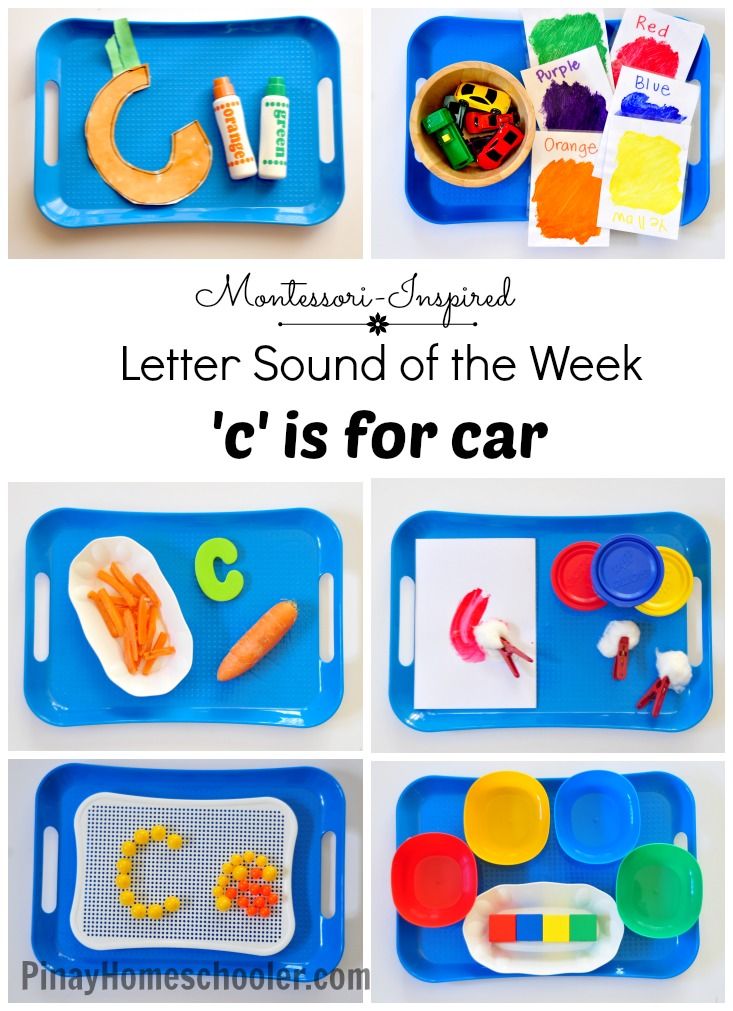 4%
4% 